Descript Review: The Ultimate Audio and Video Editing Tool You Need
Editing audio and video has traditionally been a tedious process, requiring complex software, a keen eye for detail, and hours of fine-tuning. However, Descript has revolutionized this process. If you’ve ever wished for a tool that makes editing as simple as editing a Word document, Descript might be the solution you’re looking for.
Descript isn’t just another editing software—it’s a tool that integrates AI- powered transcription, text-based editing, multitrack editing, and screen recording into one seamless platform. Whether you’re a podcaster, video creator, or someone who frequently edits voice recordings, Descript aims to make your workflow smoother. But does it really live up to the hype? Let’s dive into this detailed Descript review and explore what makes it stand out in a crowded market.
What Makes Descript Unique?
Descript differs from traditional editing software by offering a text-based editing approach, allowing you to edit audio and video by simply deleting or changing text in a transcript. This feature alone makes it a game-changer for those overwhelmed by conventional editing software.
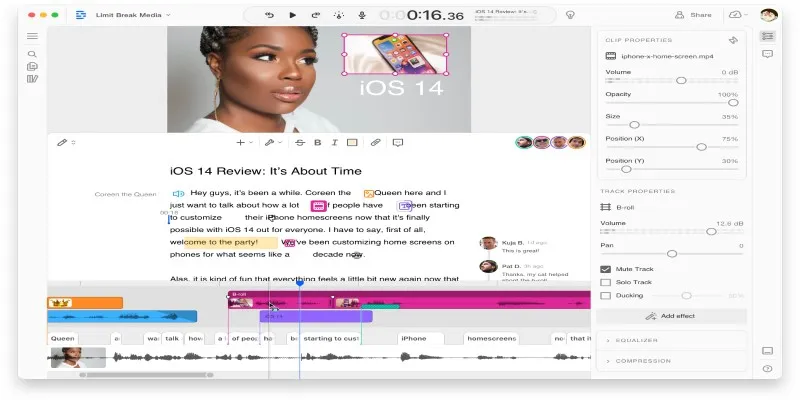
Another standout feature is Overdub, which allows you to generate an AI replica of your voice. If you make a mistake while recording, there’s no need to rerecord the entire piece—simply write the corrected words, and Descript AI will recreate your voice perfectly. This is incredibly useful for voice-over talent and podcasters who want to save time while maintaining recording consistency.
Descript also offers automatic transcription, converting audio to text in minutes. It supports multiple speakers, making it perfect for podcasts, interviews, and meetings. The transcription is remarkably accurate, although it may require slight manual tweaking. Unlike other transcription software, Descript is affordable and integrates editing tools, allowing you to edit text and automatically sync it with audio.
How Does Descript Perform in Real-World Editing?
Descript is designed to be user-friendly, and it truly delivers on that promise. The interface is clean and minimalistic, making it easy to navigate even if you have no prior editing experience. Unlike traditional software that overwhelms users with countless buttons and menus, Descript keeps things simple.
In audio editing, Descript excels at removing filler words like “um” and “uh” with a single click. This Filler Word Removal feature is particularly useful for podcasters and public speakers who want to polish their recordings effortlessly. It also offers AI-driven background noise reduction, ensuring cleaner audio output.
Text-based editing allows you to rearrange or delete sections without dealing with waveforms manually. This significantly reduces the complexity of cutting and splicing audio tracks for those unfamiliar with traditional audio editing techniques. Users can also generate subtitles and captions directly from the transcript, ensuring accessibility for a broader audience.
For video editing, Descript allows you to cut, rearrange, and add visuals straightforwardly. It supports subtitling, making it an excellent choice for those who want to create accessible content. The auto-captioning feature ensures that your videos are ready for social media platforms without requiring additional software. Green screen capabilities, multi-camera support, and animation effects are some of the new features that enhance Descript’s video editing prowess.
Is Descript Worth It?
If you’re looking for an all-in-one editing tool that simplifies audio and video editing, Descript is an excellent choice. It eliminates the steep learning curve associated with traditional editing software and allows users to produce high-quality content with minimal effort.
Descript offers different pricing plans, including a free version with limited features and premium plans with more advanced tools. If you work with audio or video regularly, investing in the paid version could save you a significant amount of time. The free version allows users to explore the software but has limitations on the number of transcription minutes and editing features available.
The ability to edit content as easily as editing a document is what makes Descript a standout tool. Whether you’re a content creator, journalist, marketer, or educator, Descript streamlines the editing process without sacrificing quality. Compared to competitors like Adobe Premiere Pro or Audacity, Descript provides a much simpler, AI-enhanced alternative that caters to users who prioritize efficiency and automation.
Exploring Descript’s Collaboration Features
One of the standout aspects of Descript is its seamless collaboration capabilities. For teams working on audio and video projects, Descript offers cloud-based collaboration, allowing multiple users to edit and comment on projects in real-time. This feature makes it an excellent choice for podcasting teams, video production companies, and businesses that require a streamlined workflow.

Users can share projects with team members, who can then make edits, leave notes, or approve changes directly within the platform. This eliminates the need for constant back-and-forth file transfers, saving time and reducing errors. The ability to store projects in the cloud also ensures that files remain accessible from anywhere, providing flexibility to remote teams and freelancers. Additionally, Descript allows integration with Slack, Google Drive, and other productivity tools , further enhancing collaboration and project management.
Conclusion
Descript is more than just another editing software—it’s a complete reimagining of how audio and video editing should work. With features like text-based editing, Overdub voice cloning, automatic transcription, and seamless video editing, it offers a powerful yet user-friendly experience.
While it may not replace high-end professional software for complex projects, it is an unbeatable option for those looking for speed, ease of use, and automation. If you’ve ever been intimidated by traditional editing software, Descript might be the breath of fresh air you need. It’s efficient, intuitive, and packed with features that make content creation a whole lot easier.
Related Articles

LightCut 2025 Review: The Best Video Editor for Android and iPhone

Top 4 Vertical Video Editors to Edit Vertical Videos Quickly

The 10 Best AI Video Tools in 2025 to Create Smart Content Fast

Streamline Your Workflow with the 9 Best AI Meeting Assistants in 2025
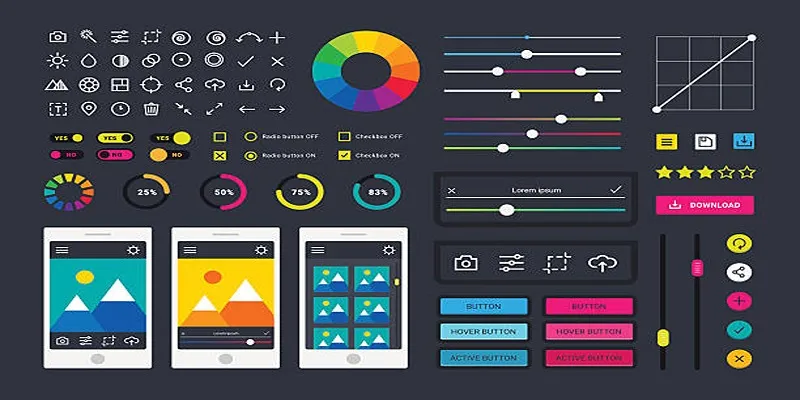
How to Easily Edit and Trim Videos on Your Android Devices

From Raw to Cinematic: Top Editing Software for DJI Footage

Top Desktop Video Editors for Background Removal

How to Effortlessly Combine MP4 Videos on Your Desktop
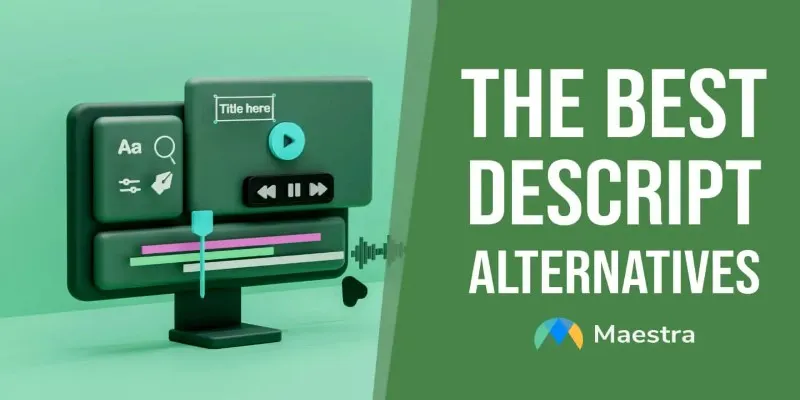
Descript Not Enough? Try These 5 Powerful Editing Alternatives

AVCLabs Video Enhancer AI: Is It Really Worth Your Trial?

Improve Your Videos with These Top 4 Free AI Video Enhancers
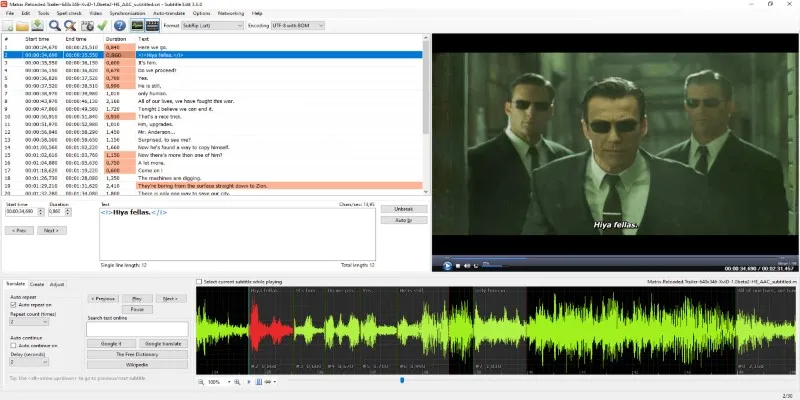
Subtitle Edit and Top 5 Mac Tools for Easy and Accurate Subtitling
Popular Articles

Convert and Extract RAR Files to ZIP Online in a Few Simple Steps
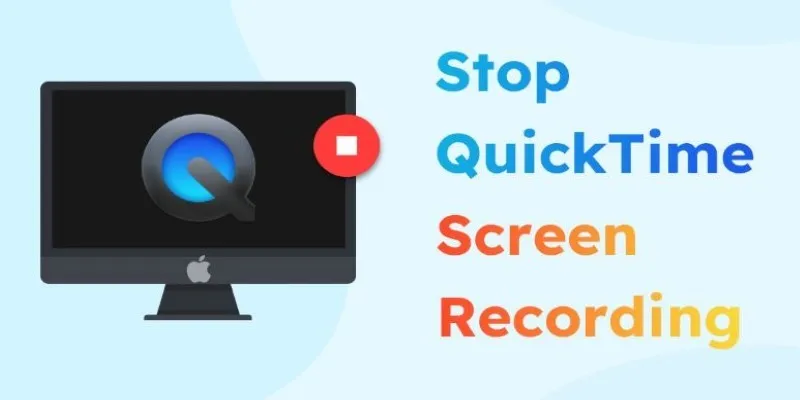
How to Stop QuickTime Screen Recording | Best Screen Recording Alternatives

Master the art of strategic link building to dominate Google rankings

Adding a Featured Image Column in WordPress Admin

Essential AI Sales Tools to Elevate Your Sales Strategy

Step-by-Step Guide to Recording TeamViewer Meetings

Step-by-Step Guide to Adding Captions to Instagram Reels

Best Free Online Converters for Converting JSON to CSV Quickly

Where Do OBS Recordings Go? How to Find and Manage OBS Recordings
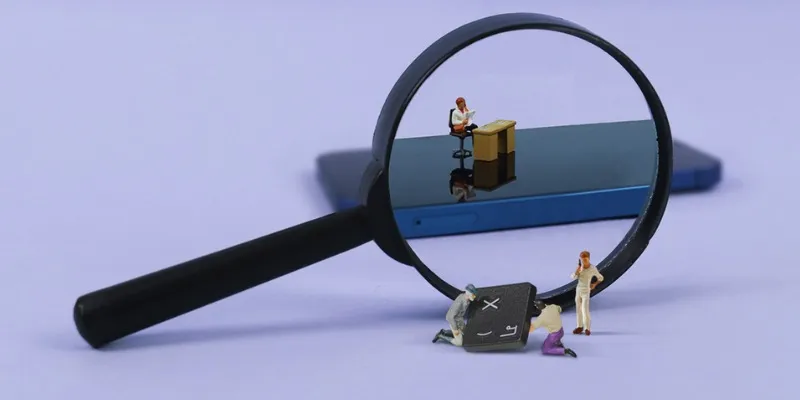
Discover the Best: 6 Top-Rated Tools for IT Professionals in the Market

From Spreadsheet to Software: How No-Code and Low-Code Tools Are Redefining App Building
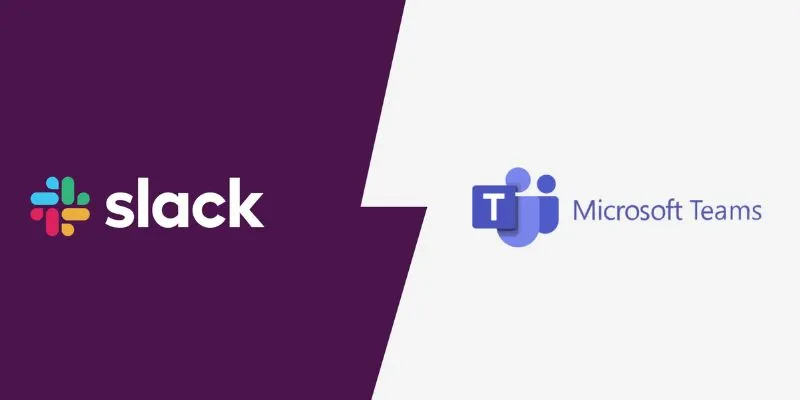
 mww2
mww2